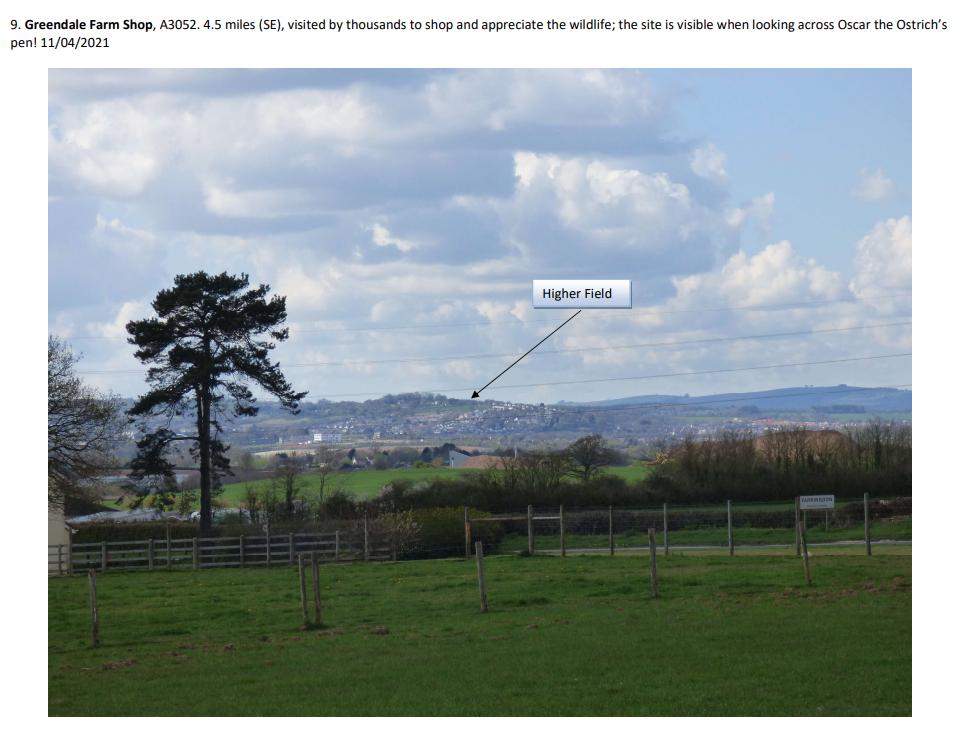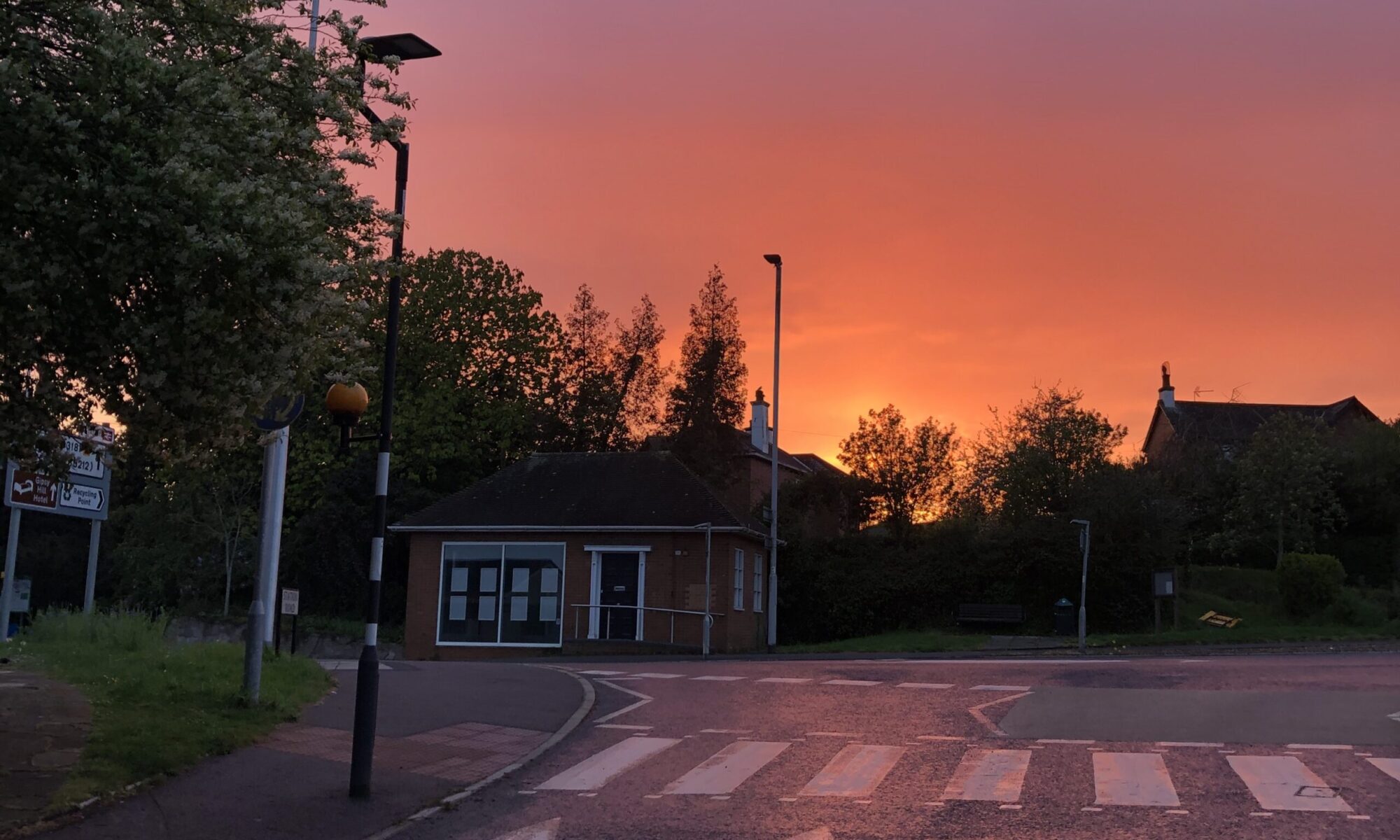Beginning with HIGHER FIELD
Pinhoe’s historic Ridgeline is visible across Exeter. Views of our treescape stretch far beyond the city and underpin the distinctiveness not only of Pinhoe, but of Exeter itself.
Dedicated local residents have photographed Pinhoe’s green skyline from a range of vantage points. They’re documenting resident and visiting wildlife species to evidence biodiversity within the field and the vital importance of its connection to adjacent wildlife corridors and green spaces, themselves under threat of development.

This citizen science is both compelling and heartening – families of deer continue to roam and the number of visiting birds increases as the year progresses. Summer months see the return of glow worms as part of the density of biodiversity in this grassland – previously underestimated as habitat but increasingly recognised as essential infrastructure, central to the sustainability of local biodiverse ecologies.

Problems with Planning Protocols
In the context of Exeter City Council’s planning strategy, Pinhoe has been overwhelmed by serial housing development. Every inch of ground has been exploited. Historic holloways have been obliterated, wildlife corridors cut in two by major roads, hedgerows disappeared, disconnected and fragmented, trees removed without replacements.
Frustrated by an opaque planning system, Pinhoe’s residents have demanded greater protection for green spaces and all green infrastructure locally. This sense of concern is shared by many across the city. The fragility of Higher Field’s future and all its wildlife is cause for wider alarm and urgent action.
Opportunities for NEW THINKING
After the unprecedented pandemic, when access to green space and wildlife habitats proved essential for everyone, going for a walk and observing nature have become effective prescriptions to support and protect wellbeing.
Complex relationships between the health of communities and their relationship to where they live are now widely recognised. The significance of locality in shaping a community’s economic outcomes – the physical fabric of a place, its amenities and economic infrastructures – is now underpinned by an urgency of evidence indicating that a community’s sense of place and the wellbeing of its residents are intimately and fundamentally connected. Opportunities for a new “wealth economy” which incorporates natural and social assets, are emerging and increasingly influential.
Working with local residents alongside the new Exeter Greenspaces Group (EGG), we’ve been developing a NEW VISION for the Northern Hills – to protect its longterm future as a unique resource for the city.
